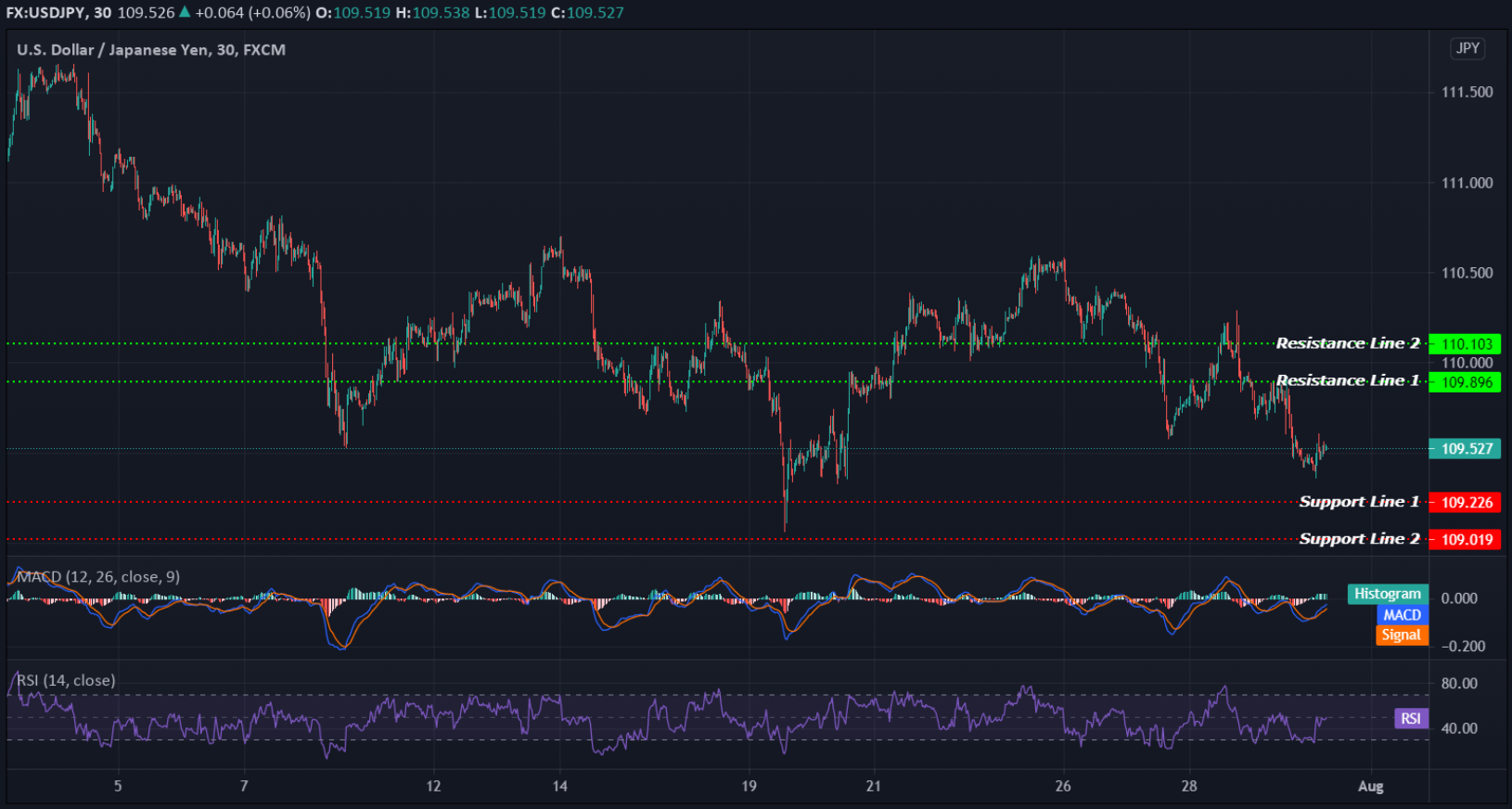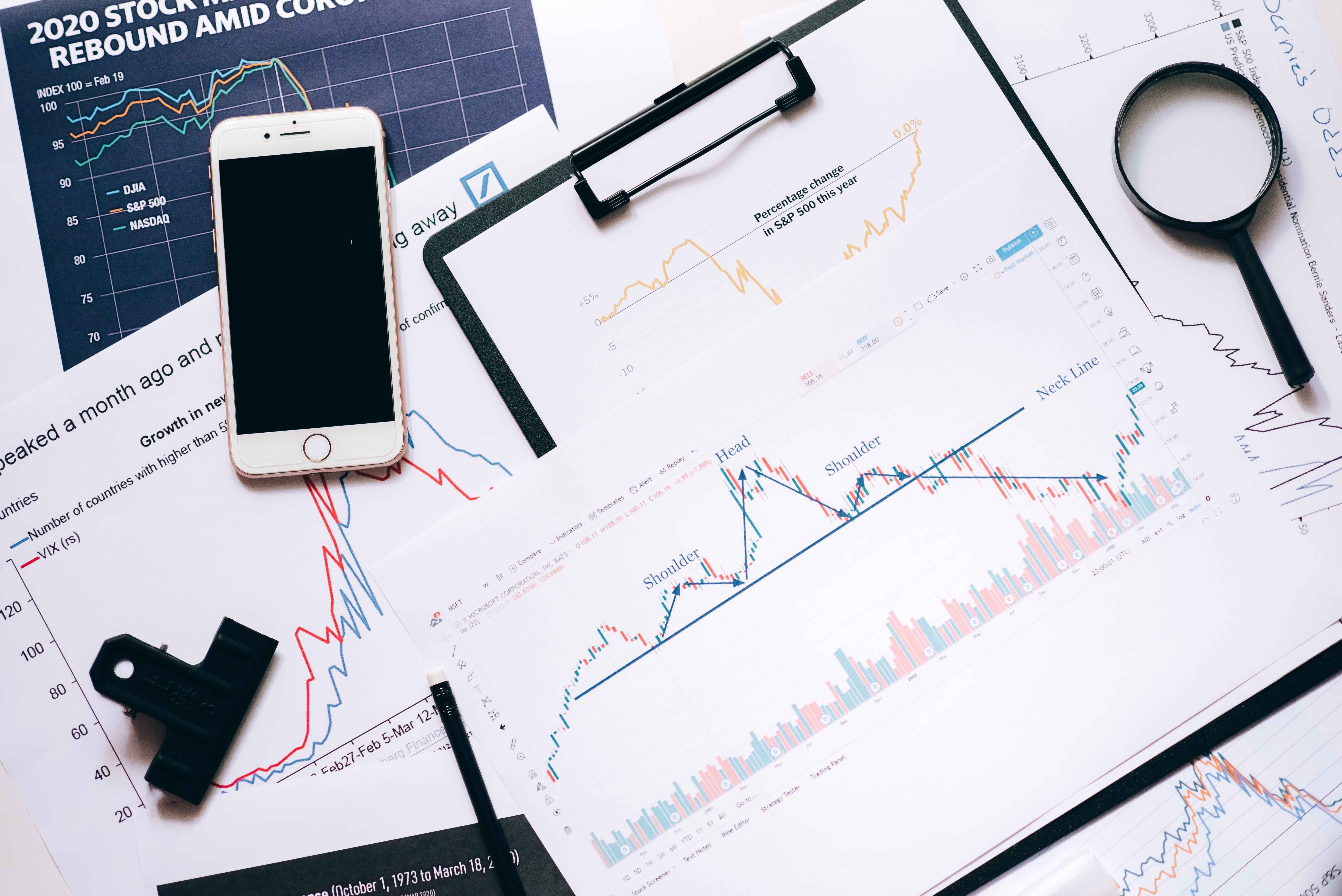EQUITIES
Volatile trading continued in the Asia-Pacific markets. Hong Kong’s Hang Seng index led losses among the region as it fell almost 2%, followed by Japan’s Nikkei 225 that dipped 1.48%, and the South Korea’s KOSPI index that slipped 1.03%.
Mainland Chinese stocks were not faring better, with the Shanghai composite declining 0.53%, while the S&P/ASX 200 in Australia traded 0.06% lower.
The Straits Times index in Singapore and the S&P BSE Sensex in India bucked the overall trend to trade above the flatline.
Overnight on Wall Street, the Dow Jones Industrial Average rose 0.44%, to 35,084.53, the S&P 500 gained 0.42%, to 4,419.15 and the Nasdaq Composite added 0.11%, to 14,778.26.
OIL
Oil prices fell on Friday but were on track to post solid gains for the week, buoyed by indications of tight crude supplies and strong demand in the U.S.
The Brent traded at $75.66 per barrel, and U.S. crude futures traded at $73.18 per barrel. Both benchmark contracts were headed for gains of around 2% for the week.
Overnight, the Brent closed at $76.05, while WTI ended at $73.62 per barrel.
CURRENCIES
After rising Thursday on U.S. economic growth data, U.S. Treasury yields pulled back today. The benchmark 10-year notes last yielded 1.253%, down from 1.269% yesterday.
The dollar index, which measures the greenback against a basket of six other currencies, held at 91.967, wallowed near 1-month lows and was set for its worst week since May.
GOLD
Gold prices held near a 2-week high on Friday and were set for their biggest weekly gain in more than two months, on renewed signs that the U.S. Fed may not taper economic support and hike interest rates in the near term.
Spot gold was steady at $1,828.60 per ounce, on track for its biggest weekly gain since May 21, having risen 1.5% so far. Silver dipped 0.47% to $25.66 per ounce, palladium rose 0.26% to $2,650.00, while platinum fell 1.58% to $1,050.70.
ECONOMIC OUTLOOK
Asian shares slipped on Friday, with a gauge of regional equities set for its biggest monthly drop since last March. The mood also fragile sparked by investor fears over the impact of regulatory actions in China against the education, property, and tech sectors.
The U.S. posted strong Q2 growth helped by rising vaccinations and government aid, but the expansion fell short of expectations. The GDP data came in below expectations at 6.5% versus the forecasted 8.5%, raises questions about the efficiency of the monetary policies adopted by the Fed so far, with the American central bank trying to kick-start the economy at the cost of higher inflation. The question now is whether the U.S. Fed needs to increase the stimulus, and how far can it safely go without jeopardising the purchasing power of the American consumer because of inflation.
With rising inflation and concerns that higher price would not be as transient as expected, focus on Friday will be on the June reading of the personal consumption expenditures price index.
TECHNICAL OUTLOOK
[USDJPY]
Important Levels to Watch for Today:
- Resistance line of 109.896 and 110.103.
- Support line of 109.226 and 109.019.
Commentary/ Reason:
The greenback was a tad higher against the yen at 109.527, bounced after it hit a 1-week low in earlier trading today. The pair heads for almost 1% drop for the week.
A weaker-than-expected U.S. economic data, the drop in the 10-year T-note yield and the rally of S&P 500 overnight are among catalysts that contributing to the broad dollar weakness.
The Japanese yen meanwhile has found support throughout the week from nerves about the Delta coronavirus variant and jitters in China's equity market.
On the data front, Japan has a busy Friday. The country will publish the June Unemployment Rate, May Retail Trade figures, the preliminary estimate of June Industrial Production and Housing Starts for the same month.
The USD/JPY pair hovers around the daily low, bearish in the near-term, and expected to continue its downward correction to the 109.22 support level, with the next support at a month low. Technical indicators lack directional strength but hold within negative levels, skewing the risk to the downside.















